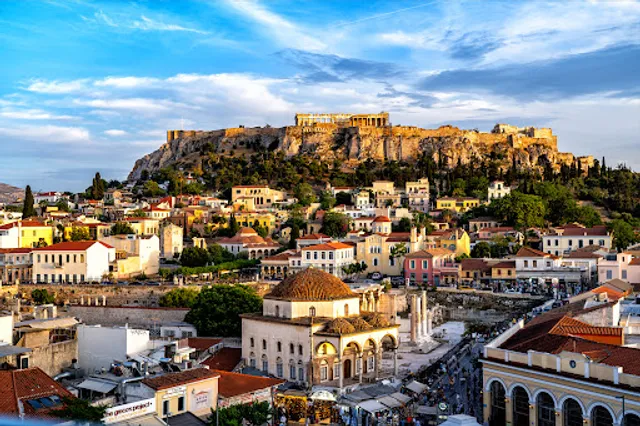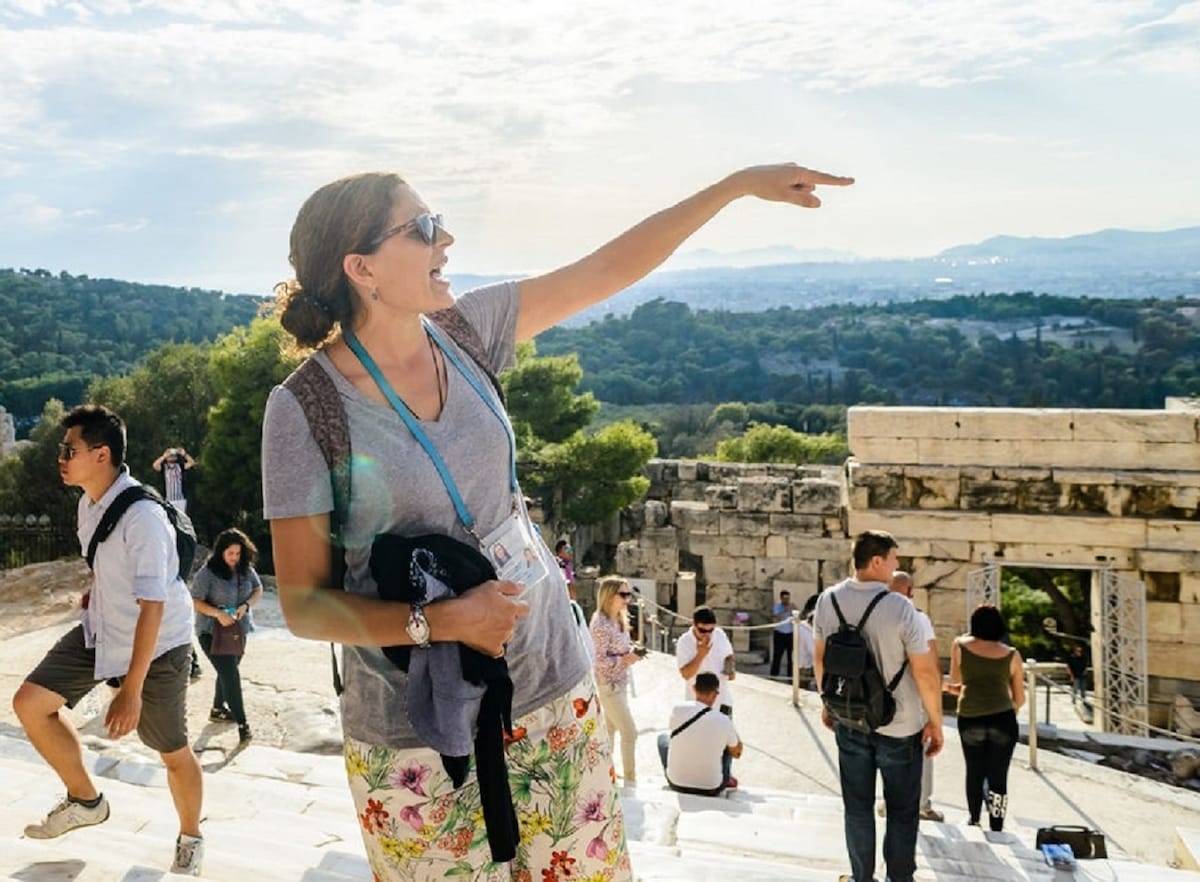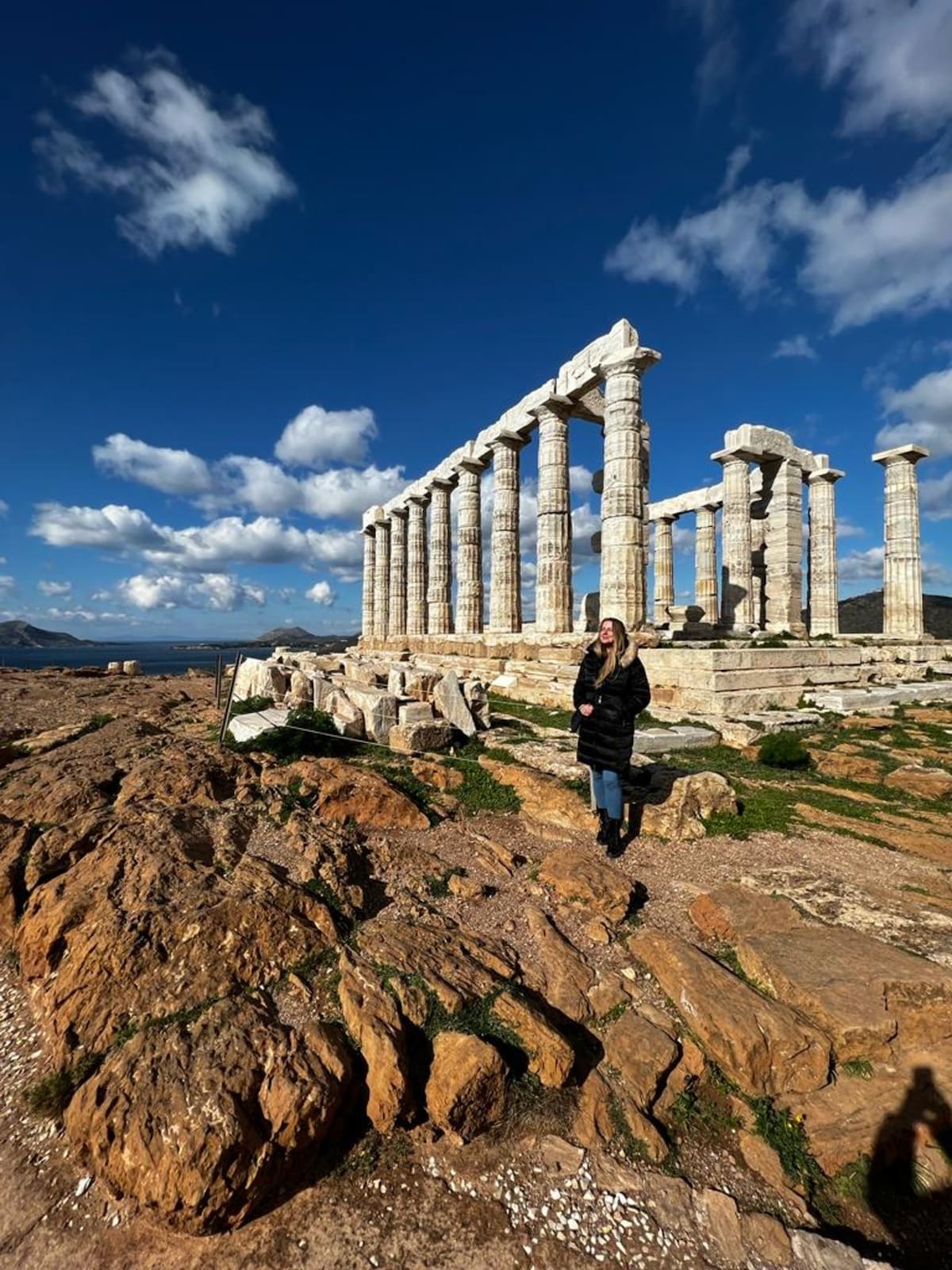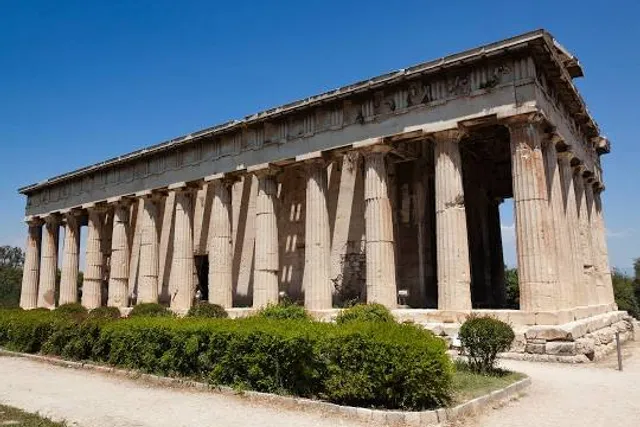Ancient Agora of Athens things to do, attractions, restaurants, events info and trip planning
Basic Info
Ancient Agora of Athens
Athens 105 55, Greece
4.7(13.2K)
Closed
Save
spot
spot
Ratings & Description
Info
The ancient Agora of Athens is the best-known example of an ancient Greek agora, located to the northwest of the Acropolis and bounded on the south by the hill of the Areopagus and on the west by the hill known as the Agoraios Kolonos, also called Market Hill.
Cultural
Outdoor
Family friendly
attractions: Temple of Hephaestus, Museum of Illusions Athens, Stoa of Attalos - Museum of the Ancient Agora, Monastiraki Square, Flea Market, Acropolis of Athens, Roman Forum of Athens (Roman Agora), Areopagus Hill, Hadrian's Library, Temple of Ares, restaurants: Kuzina, Diodos, THISSIO VIEW - Rooftop Restaurant & Bar, The James Joyce Irish Pub, ELLYZ Cafe Athens, Couleur Locale, Theta, HAPPY BLENDER, Athinaion Politeia, Stone Athens
 Learn more insights from Wanderboat AI.
Learn more insights from Wanderboat AI.Phone
+30 21 0321 0185
Website
odysseus.culture.gr
Open hoursSee all hours
Sun8 AM - 8 PMClosed
Plan your stay

Pet-friendly Hotels in Athens
Find a cozy hotel nearby and make it a full experience.

Affordable Hotels in Athens
Find a cozy hotel nearby and make it a full experience.

The Coolest Hotels You Haven't Heard Of (Yet)
Find a cozy hotel nearby and make it a full experience.

Trending Stays Worth the Hype in Athens
Find a cozy hotel nearby and make it a full experience.
Reviews
Nearby attractions of Ancient Agora of Athens
Temple of Hephaestus
Museum of Illusions Athens
Stoa of Attalos - Museum of the Ancient Agora
Monastiraki Square
Flea Market
Acropolis of Athens
Roman Forum of Athens (Roman Agora)
Areopagus Hill
Hadrian's Library
Temple of Ares

Temple of Hephaestus
4.8
(4.8K)
Open 24 hours
Click for details

Museum of Illusions Athens
4.5
(4.2K)
Open 24 hours
Click for details

Stoa of Attalos - Museum of the Ancient Agora
4.8
(1.5K)
Open 24 hours
Click for details

Monastiraki Square
4.5
(9.7K)
Open 24 hours
Click for details
Things to do nearby

See the Acropolis with a licensed guide
Sun, Dec 21 • 8:00 AM
117 42, Athens, Greece
View details

Taste traditional Greek wines
Tue, Dec 23 • 3:00 PM
106 77, Athens, Greece
View details

Explore Sounio Temple of Poseidon &Athens Riviera
Sun, Dec 21 • 8:00 AM
105 58, Athens, Greece
View details
Nearby restaurants of Ancient Agora of Athens
Kuzina
Diodos
THISSIO VIEW - Rooftop Restaurant & Bar
The James Joyce Irish Pub
ELLYZ Cafe Athens
Couleur Locale
Theta
HAPPY BLENDER
Athinaion Politeia
Stone Athens

Kuzina
4.4
(1.7K)
Click for details

Diodos
4.2
(1.4K)
Click for details

THISSIO VIEW - Rooftop Restaurant & Bar
4.0
(2.3K)
$$
Click for details

The James Joyce Irish Pub
4.6
(2.3K)
$$
Click for details








